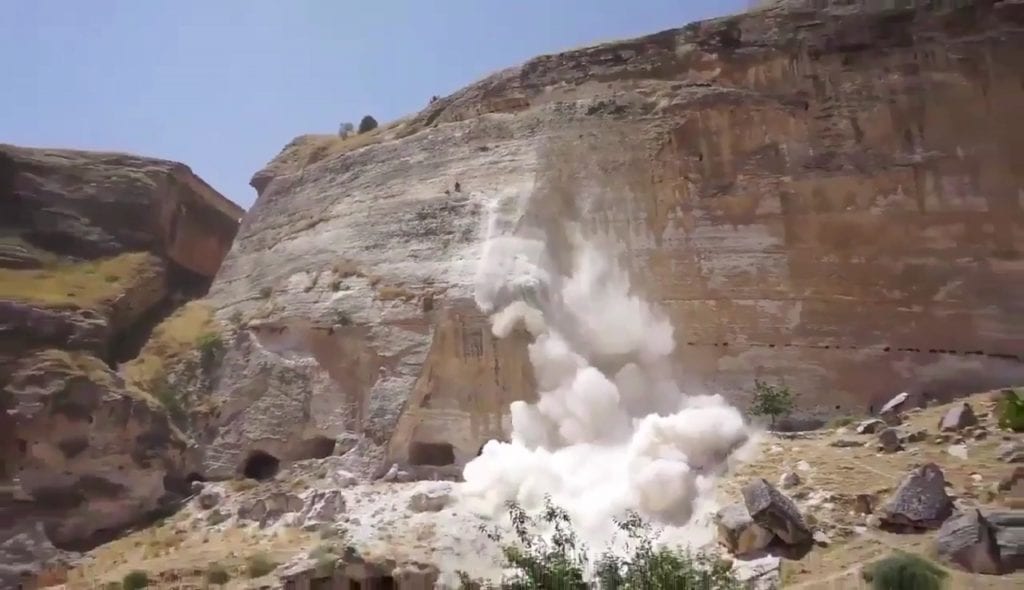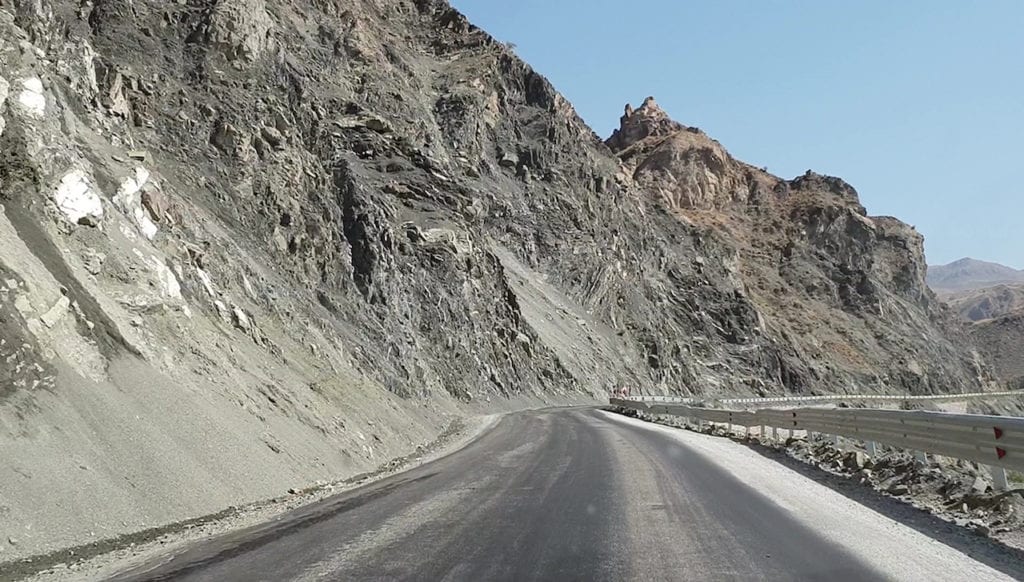Emeric Lhuisset is dressed appropriately for a breezy midsummer morning in Arles, in a loose white T-shirt and a pair of baggy trousers. But halfway through the guided tour of his exhibition, it becomes apparent that the artist’s choice of attire today has a deeper political significance. The trousers are a traditional Kurdish garment called ‘shalwar’, an item of clothing which has come to be associated with Kurdish guerilla fighters during their conflict with the Turkish regime. According to Lhuiseet, it is no longer safe for Kurdish people to wear these in public. “If you wear them in Turkey, you are seen as a terrorist,” he says.
Several pairs of these trousers are displayed on a rail in Lhuisset’s exhibition, which occupies a space on the second floor of the Cloitre Saint-Triomphe, a 17th century stone-walled palace in the center of Arles. Combining photography, film, and archive material, the trousers are just one part of Lhuisset’s attempt to document the destruction of Kurdish culture in Turkey, and can be purchased from Fisheye Gallery “to give the opportunity for viewers to take opposition to what they have seen”, he explains.
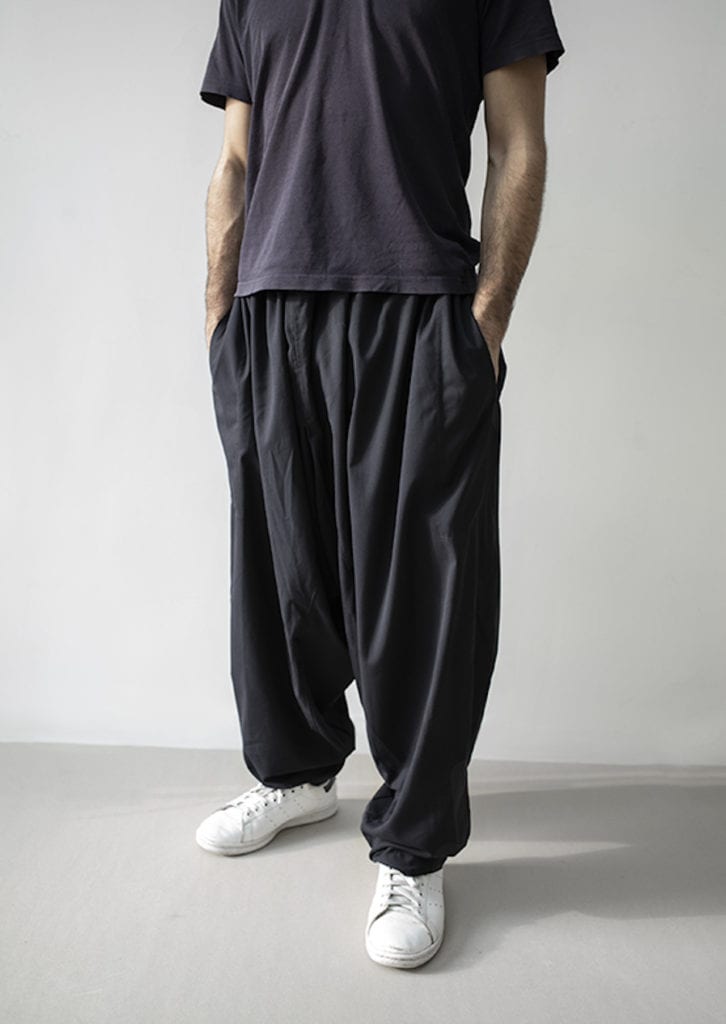
Supported by the BMW residency, Lhuisset worked on this project for two years. His practice is often concerned with geopolitics, and raises questions about the representation of conflict in the media and arts. As a result of his work in the war zones of countries such as Iraq and Syria, the French photographer considered Turkey as an example of what democracy could look like for an Arab country. It was not until July 2016, when more than 100 media outlets were shut down, and at least 28 journalists detained following the country’s failed coup d’etat, that Lhuisset decided to turn his attention to Turkey.
On arrival, the photographer quickly realised that the government crackdown meant it would be impossible to photograph in many key locations. So instead, he photographed the clouds. As a tribute to the media purge, Lhuisset compiled the images into a newspaper, which is presented in a stack at the beginning of the exhibition.
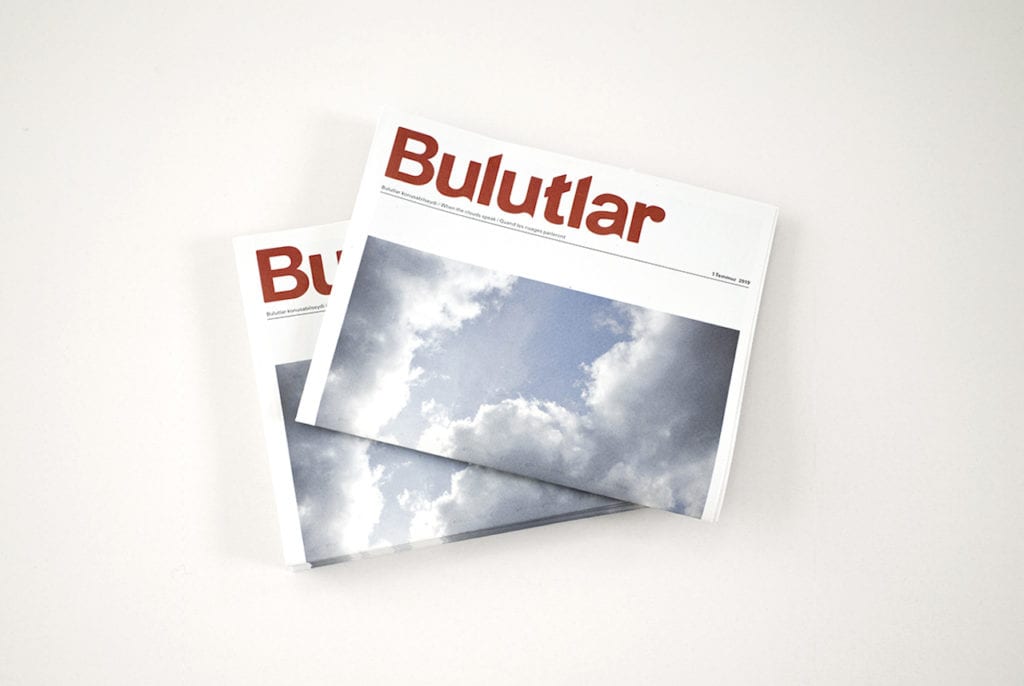
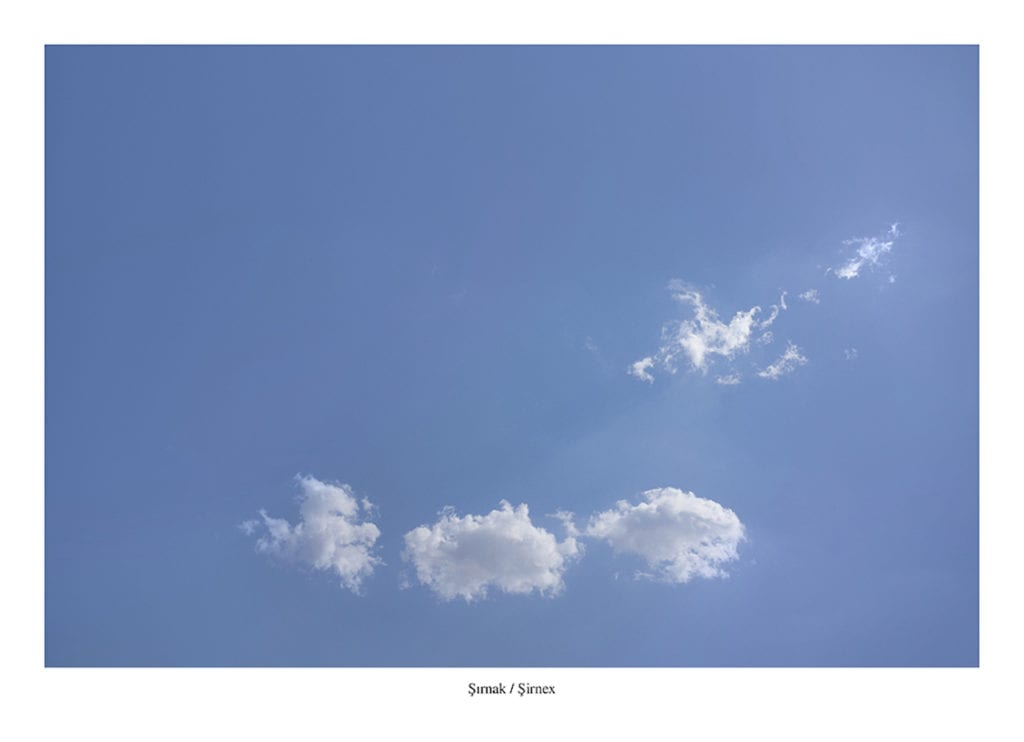
“The more I photographed, the more I realised that it was not just about the media and freedom of expression, it was something deeper,” says Lhuisset, explaining how his project began to shift into a new direction. “It was about a rewriting of history, a disappearance of a whole culture. I realised I could not close my eyes anymore. I had to find a way to show what couldn’t be seen.”
Through obtaining satellite imagery, the photographer was able to compare shots of Kurdish towns such as Nusaybin, before and after the ongoing Kurdish-Turkish conflict. What was once a built-up town, home to almost 100,000 people, is now blank, destroyed by war. Using six areas as examples, Lhuisset removed sections of the map where whole towns had been destroyed, presenting them in the exhibition to show the visible geographical void left by war.
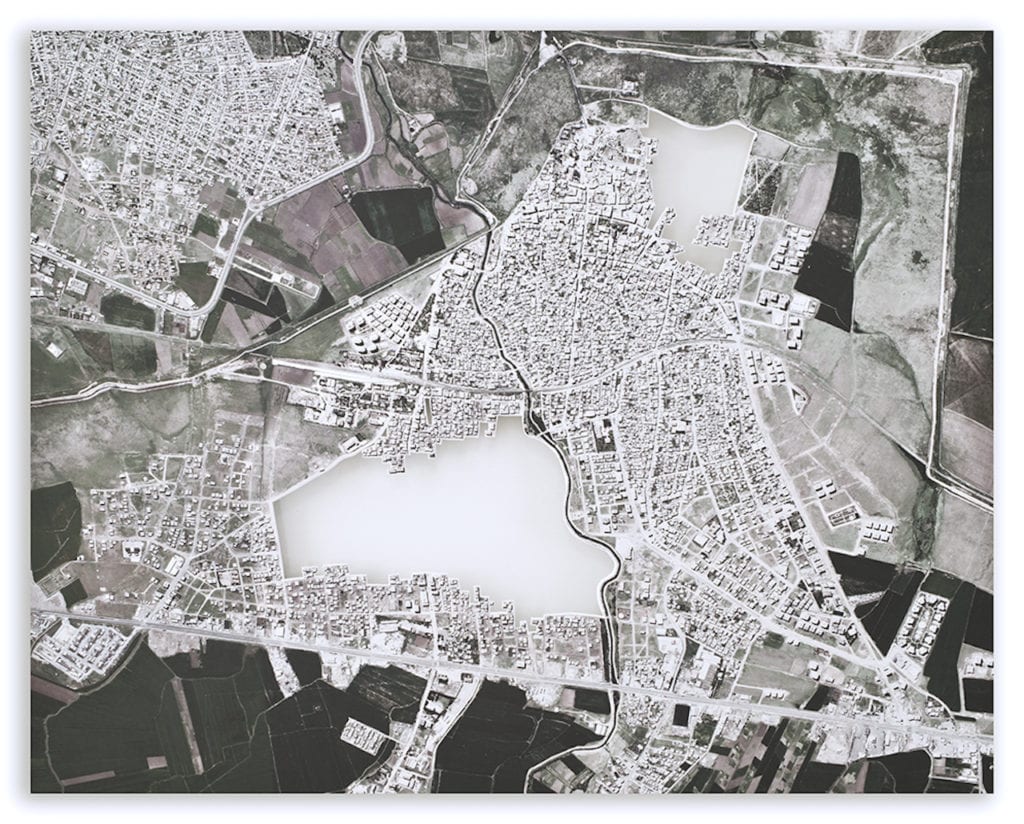
In the middle of the exhibition, a glass case stands containing memorabilia from the ancient Kurdish town Hasankeyf, which was destroyed by the Turkish government in 2013 to construct the controversial Ilisu dam. The state plans to fill the dam this year, not only submerging the 12,000-year-old city, but wiping out hundreds of majority-Kurdish villages in the process.
When the clouds speak tells a story about disappearances. The disappearance of voices in the media, architecture, language, and people. “We are the clouds,” says Lhuisset. “We see Turkey from far away. You can either choose to close your eyes, or you can choose to recognise what is going on.”
When the Clouds Speak is on show at Cloitre Saint-Triomphe, as part of Les Rencontres d’Arles, until 22 September 2019
